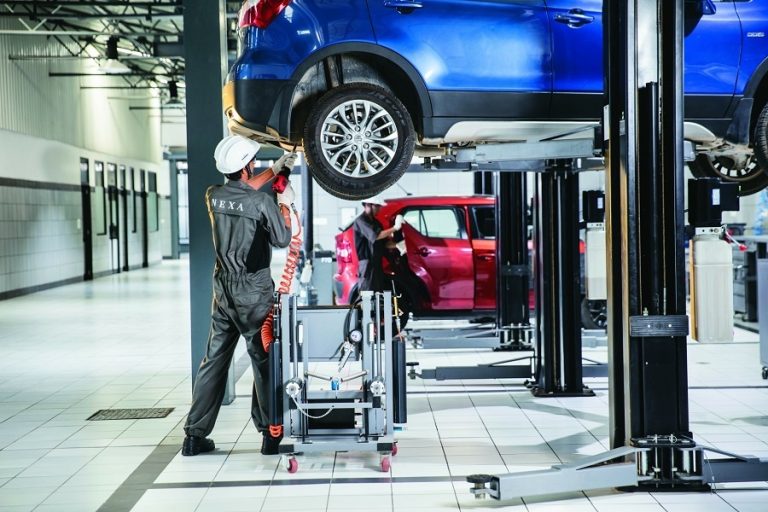Steering wheels have evolved far beyond their original purpose of controlling direction. Today’s designs incorporate a variety of features like audio controls, cruise settings, paddle shifters, airbags, and, of course, the horn. While these innovations enhance the driving experience, they also add complexity. The horn button, traditionally a simple contact point in the wheel’s center, now shares space with other electronics and safety components. This complexity can impact horn reliability and make troubleshooting horn issues more challenging.
The Role of the Clock Spring
A key component linking the steering wheel to the horn system is the clock spring. This coiled ribbon of conductive wiring sits behind the wheel, maintaining electrical contact between the stationary steering column and the rotating wheel. It enables power to reach the horn switch and other controls while allowing the wheel to turn freely. If the clock spring becomes damaged or worn—often due to age or improper handling during steering wheel or airbag repairs—it can interrupt the electrical connection, causing the horn to fail or work intermittently. Going for the Auto Repair in Lino Lakes, MN based service would be the right thing to do here.
Airbag Integration and Design Challenges
Modern steering wheels integrate airbags, which are housed directly in the center of the wheel—where the horn button is typically located. This setup requires careful engineering to ensure the horn can still be triggered without interfering with airbag deployment. Some horn buttons are designed as pressure-sensitive pads around the edge of the airbag housing, while others are integrated directly into the airbag cover. If the button mechanism or the airbag housing is misaligned or damaged, it can affect horn responsiveness or make it difficult to press.
Touch and Multi-Function Controls
As vehicle interiors become more high-tech, some manufacturers are replacing traditional horn buttons with capacitive touch sensors or integrating horn controls into multi-function steering wheels. These designs may look sleek, but they can introduce new issues. Sensitive touch areas may not always register a press correctly, especially in emergencies when a firm hit is needed. Additionally, these systems depend heavily on electronic signals and software, which can malfunction or require recalibration after repairs or battery disconnection.
Maintaining Functionality in Modern Designs
Despite the complexity of modern steering wheels, regular checks and proper maintenance can ensure horn functionality remains intact. If you notice your horn becoming difficult to press, not responding at all, or sounding weak, it could be related to steering wheel design elements like the clock spring or control pad. When performing any repairs involving the steering wheel or airbag, it’s crucial to follow proper procedures to avoid damaging internal connections. Mechanics are trained to handle these sensitive components, making professional inspection the safest option when issues arise.
In today’s cars, the steering wheel is a hub of technology—and the horn, though basic, must work seamlessly within that system. Design choices aimed at comfort, safety, and convenience can unintentionally affect how the horn functions, making awareness and proper care more important than ever.


Comments are closed.